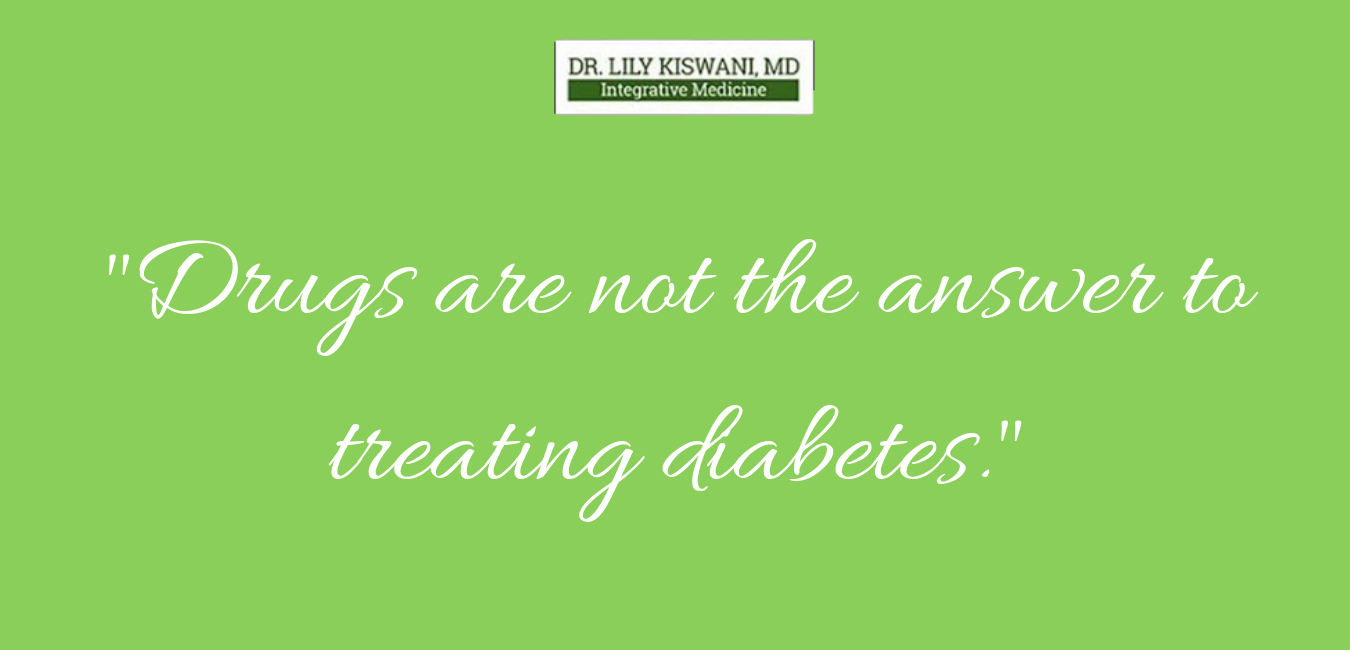If you’ve had one of these, you know how awful they can be whether you’re sitting at your desk or awakened in the middle of the night with a painfully tight calf! Muscle cramps are a result of muscle spasms, which are involuntary muscle contractions. Magnesium helps relax muscles throughout your body, so when you’re deficient your muscles will contract involuntarily.
2. Trouble sleeping
Without sufficient magnesium, you may have difficulty falling asleep or staying asleep. Also, magnesium levels drop in your body at night, leading to poor quantity and quality of REM sleep, which is the most critical sleep cycle to recharge your body and mind.
3. Chocolate cravings
Dark chocolate is high in magnesium, and one square provides about 24% of your daily value of magnesium. Intense “I have to have it” chocolate cravings are another sign of magnesium deficiency. Your body actually craves what it needs sometimes.
4. Anxiety
Magnesium is the most powerful relaxation mineral. If you experience anxiety, this is a common early symptom of how your central nervous system is affected by magnesium deficiency. When you feel anxious, taking 200mg of magnesium may make you feel more relaxed.
5. High blood pressure
Many people wonder why they have high blood pressure even though they follow a healthy, whole food diet. Magnesium may be the answer; another important function of magnesium is relaxing and dilating your blood vessels. When you’re low in magnesium, your blood vessels constrict more, causing high blood pressure. Adequate magnesium levels also help balance your electrolytes. Unbalanced electrolytes can create high blood pressure as well.
6. Irregular heartbeat
People with heart arrhythmias are put on medications. Your heart is a muscular organ, making the cardiovascular system highly dependent on magnesium to function properly . If your heart is deficient in magnesium, it can’t contract properly, which may cause irregular heartbeats. So the treatment approach could be simple supplementation.
7. Constipation
If you experience constipation regularly, that’s another sign you’re deficient in magnesium. When you’re low in magnesium, your intestines contract more, making it harder for stool to pass. Not only will it relax your bowel to create a more regular bowel rhythm, but it also has an osmotic effect. Magnesium pulls water into the bowels, softening the stool. Choose magnesium citrate to help constipation.
How can you increase your magnesium levels?
First, stop eating foods that deplete nutrients, such as flour and sugar. Instead eat foods high in magnesium, such as meat, avocados, leafy green vegetables and nuts. If you’re eating chocolate to restore some of your magnesium, make sure it’s at least 70% cocoa, and keep your chocolate intake to one ounce or less per day.
Even if you eat a healthy diet, you will likely still need to supplement with magnesium. Look for a good-quality supplement in the form of magnesium glycinate, which is one of the most absorbable forms. Most people need about 400 mg, but you can go up to 1,000 mg per day if needed. Take magnesium at bedtime for best absorption and to provide deep, rejuvenating sleep!
Be Healthy!



